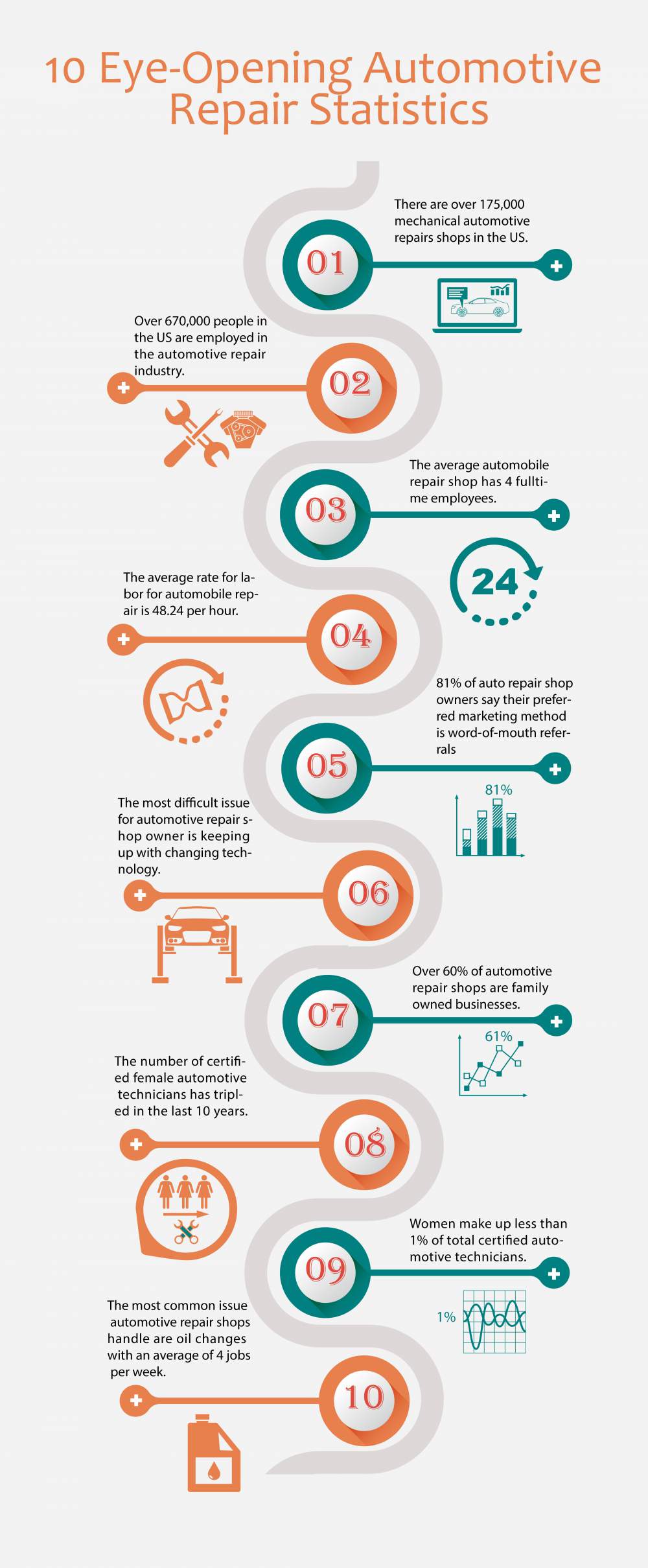Eager To Recognize What The Dashboard Caution Lights In Your Cars And Truck Symbolize? Explore Their Significances For The Wellness And Safety And Security Of Your Automobile
Eager To Recognize What The Dashboard Caution Lights In Your Cars And Truck Symbolize? Explore Their Significances For The Wellness And Safety And Security Of Your Automobile
Blog Article
Material Composed By-Hartley Gilbert
When you lag the wheel, those glowing caution lights on your control panel can be a little bit puzzling. Do you recognize what they're attempting to inform you regarding your car's health? Comprehending the importance of these lights is crucial for your safety and the longevity of your car. So, the following time one of those lights appears, wouldn't you intend to decode its message properly and take the essential actions to address it?
Common Caution Lighting and Interpretations
Determine common caution lights in your auto and understand their significances to make certain risk-free driving.
One of the most typical caution lights include the check engine light, which signifies concerns with the engine or emissions system. If this light begins, it's important to have your car examined without delay.
The oil stress alerting light shows low oil pressure, calling for prompt focus to stop engine damages.
A blinking battery light might suggest a defective charging system, potentially leaving you stranded otherwise addressed.
The tire stress monitoring system (TPMS) light notifies you to low tire stress, impacting lorry security and fuel effectiveness. Neglecting this could result in hazardous driving problems.
The abdominal light suggests a problem with the anti-lock braking system, endangering your capacity to quit swiftly in emergency situations.
Lastly, the coolant temperature cautioning light warns of engine getting too hot, which can cause extreme damages if not settled swiftly.
Comprehending these typical caution lights will assist you deal with concerns promptly and keep secure driving problems.
Importance of Prompt Interest
Recognizing the usual warning lights in your car is just the very first step; the significance of without delay dealing with these cautions can't be emphasized enough to ensure your safety and security on the road.
When a caution light illuminates on your control panel, it's your automobile's means of communicating a possible concern that needs focus. Disregarding these warnings can result in much more severe troubles in the future, endangering your security and possibly costing you more in repairs.
Trigger focus to warning lights can stop failures and crashes. For example, a blinking check engine light could show a misfire that, if left neglected, might create damages to the catalytic converter. Resolving https://engineremapping51617.aboutyoublog.com/33360211/would-certainly-you-such-as-to-explore-just-how-automation-and-robotics-are-revolutionizing-the-area-of-vehicle-describing can save you from a costly repair.
Likewise, a brake system cautioning light might indicate low brake liquid or worn brake pads, critical parts for your safety when driving.
DIY Troubleshooting Tips
If you observe a warning light on your control panel, there are a few DIY troubleshooting suggestions you can attempt before seeking professional assistance.
The first step is to consult your car's handbook to comprehend what the certain warning light indicates. Sometimes https://www.cbsnews.com/losangeles/news/28-arrested-112-stolen-catalytic-converters-recovered-inland-empire-auto-repair-shops-recycling-businesses/ can be as simple as a loosened gas cap causing the check engine light. Tightening the gas cap may resolve the trouble.
An additional common concern is a reduced battery, which can set off different cautioning lights. Inspecting the battery connections for corrosion and guaranteeing they're secure could repair the trouble.
If a caution light continues, you can try resetting it by separating the auto's battery for a few minutes and after that reconnecting it. Furthermore, checking car deep cleaning , such as oil, coolant, and brake fluid, can assist repair advising lights connected to these systems.
Final thought
Finally, understanding your auto's caution lights is necessary for maintaining your car running efficiently and safely. By promptly attending to these notifies and knowing what they indicate, you can prevent pricey repairs and prospective breakdowns.
Keep in mind to consult your car's manual for specific details on each warning light and act accordingly to ensure a hassle-free driving experience.
Stay informed, remain secure when traveling!
